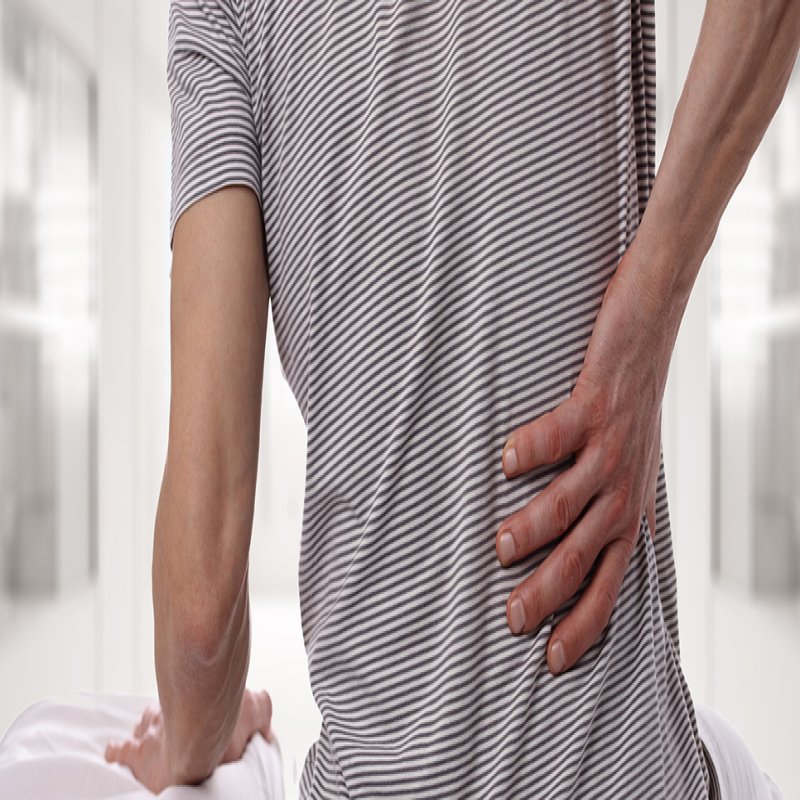
Pain is the simplest reason that could make us visit a doctor—maybe a headache, stomach ache, cramps, joint pain, back pain, or any other. Once on analgesics, or painkillers, as they are commonly known, the pain subsides in no time, and we are back on our feet, all set to begin our day's work. But how many of us have thought—why do we get or feel the pain? Where does it come from? What happens at the site of pain? Is our body fighting off some microbes?
Mechanism of Pain
Pain happens for one simple reason, and that is to protect you. Pain serves as a warning sign that something is wrong and can help in diagnosing a problem. Without pain, a person would be unaware that he is injured or has a medical problem that requires treatment. Pain starts at the source of injury or inflammation when you injure yourself. The body’s automatic response is to stimulate the pain receptors, called nociceptors, in the skin.

Following injury or irritation, arachidonic acid is released from the cell membrane. It is oxygenated by enzyme systems, leading to the formation of a group of inflammatory mediators called prostaglandins, thromboxane, and leukotrienes. Practically every cell and tissue is capable of synthesizing one or more types of prostaglandins (PGs) or leukotrienes (LTs). They have a wide range of biological activity. There are no pre-formed stores of PGs or LTs, they are formed locally and the rate of synthesis is governed by the rate of release of arachidonic acid from the cell membrane lipids in response to appropriate stimuli. The pathway through which prostaglandins, thromboxane, and prostacyclin are generated is the Cox pathway, or the Cyclooxygenase pathway. Cyclooxygenase is an enzyme that exists in two isoforms, namely Cox 1 and Cox 2. Cox-1, i.e., cyclooxygenase-1, is a constitutive enzyme in the basal state in most of our cells. It is believed that prostaglandins formed by Cox-1 perform normal physiological functions like mucus secretion for protection of the gastric mucosa, hemostasis, and maintenance of renal function. Cox-2, i.e., cyclooxygenase-2, is normally present in insignificant amounts and is inducible by cytokines and other stimuli during an inflammatory response.

Thus, PGs produced by Cox-2 lead to inflammatory and other pathological changes. These PGs sensitize afferent nerve endings to pain, inducing stimuli. Pain receptors are present at one end of a nerve cell or neuron and are connected to the other end of the spinal cord. The electrical signals are passed along the neuron to the spinal cord in the neck. These signals travel between neurons via junctions called synapses via chemical messengers called neurotransmitters. The signals then travel up the spinal cord to the brain. Once the signals reach the brain, the person feels a sensation of pain and becomes alert to the impending danger.
Thus, having known the mechanism of pain, we can move on to understand how we can reduce or remove pain from our bodies. Of course, the ultimate healing happens when the underlying cause of pain is completely eradicated. This could take a while until a proper and detailed diagnosis is done.

There are several medicines that help to mask or mitigate the sensation of pain. NSAIDs, or pain killers, as they are popularly known, reduce inflammation and pain at the site of injury. Aspirin is one such NSAID that has been in use for decades.


.png)


